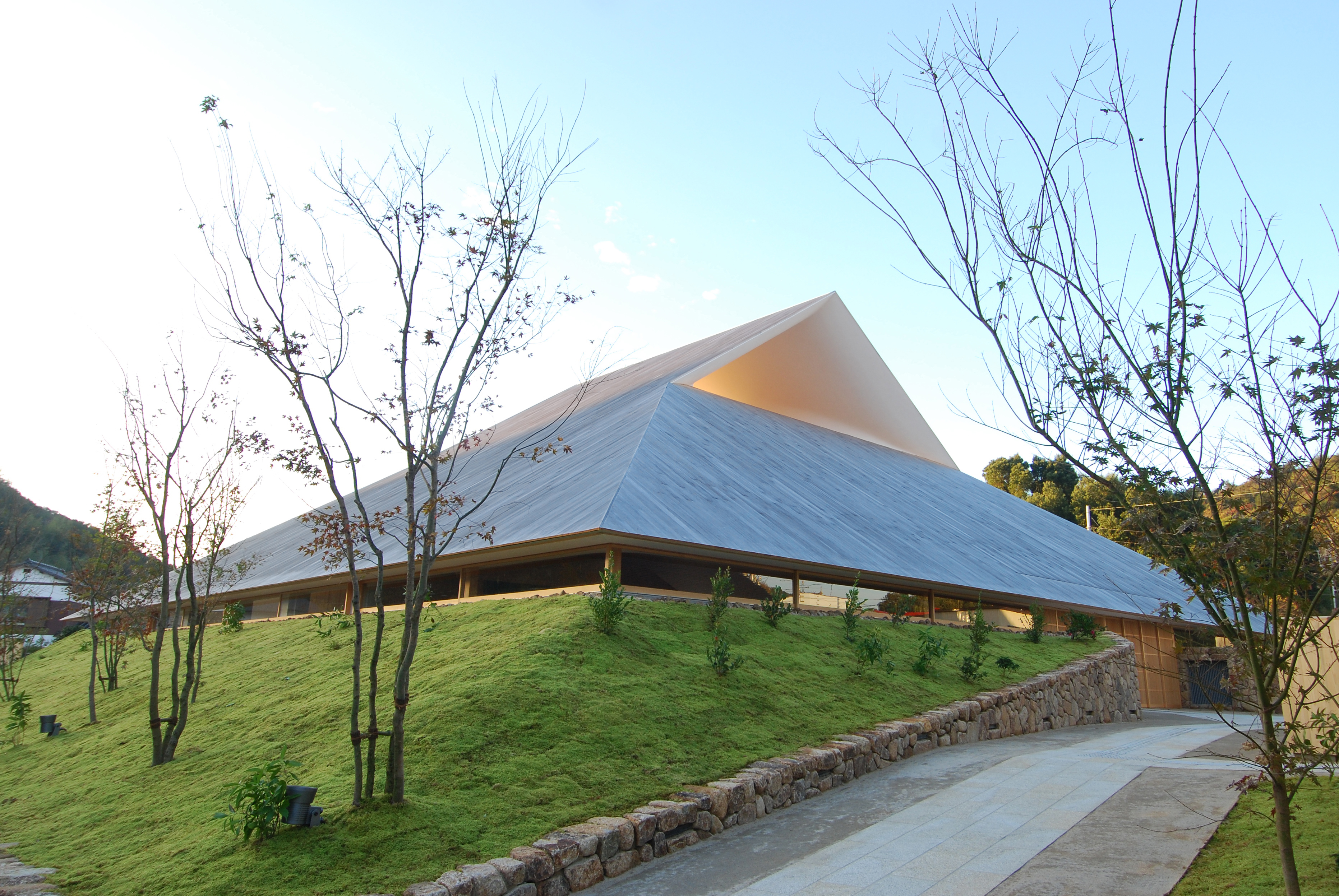What is most remarkable about Hiroshi Sambuichi's work is the sensation of air and wind movement that the shapes of the architect's buildings encourage. The experience is testament to Sambuichi's philosophy that architecture should work in harmony with the environment surrounding it so that it becomes a natural part of the Earth.
It's perhaps not surprising to learn, then, that when Sambuichi graduated from Tokyo University of Science he chose to move back to his hometown of Hiroshima, a city not known to be particularly favorable to aspiring architects. But it was from there that he was able to develop an unusual sense of aesthetics and architectural philosophy. Through commissions in less metropolitan areas — Miyajima, Hiroshima, Inujima, Naoshima, Rokko and others in the Seto Inland Sea region — he became familiar with the topographical and climatic features of provincial landscapes, producing buildings rooted in the local natural environment.
For each commission, he says, he spends up to two or three years thoroughly researching the terrain, climate and history of the site, before even deciding on the architectural form that he feels would be most suitable. He explains that his primary concern is to utilize existing natural resources, something he calls "moving" architectural materials, which he believes not only helps minimize the environmental impact of his work, but also ensures that it will withstand the test of time.



















With your current subscription plan you can comment on stories. However, before writing your first comment, please create a display name in the Profile section of your subscriber account page.